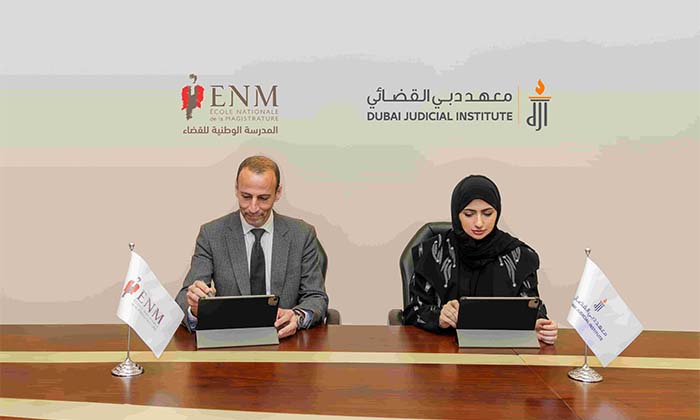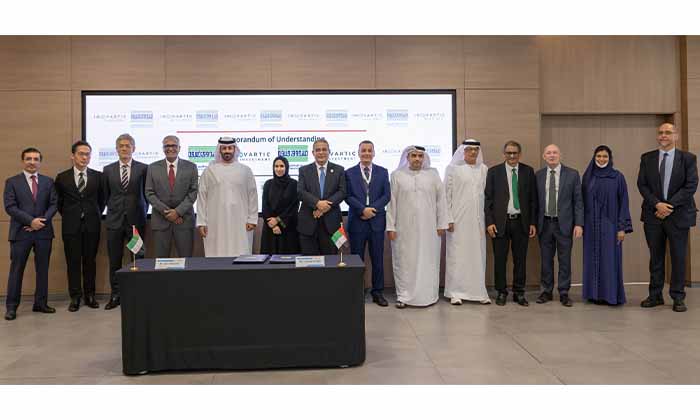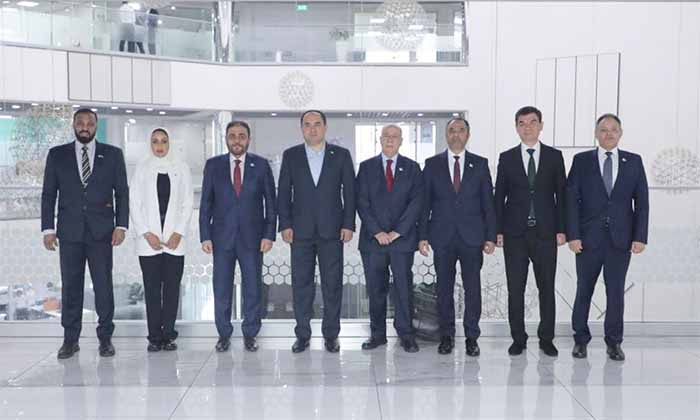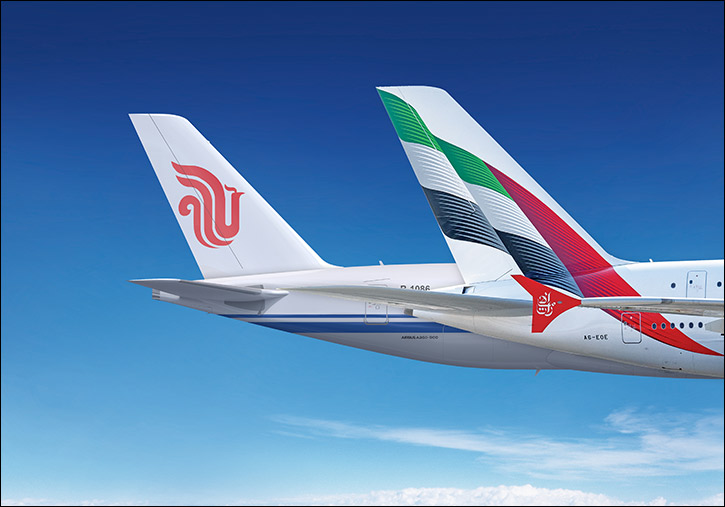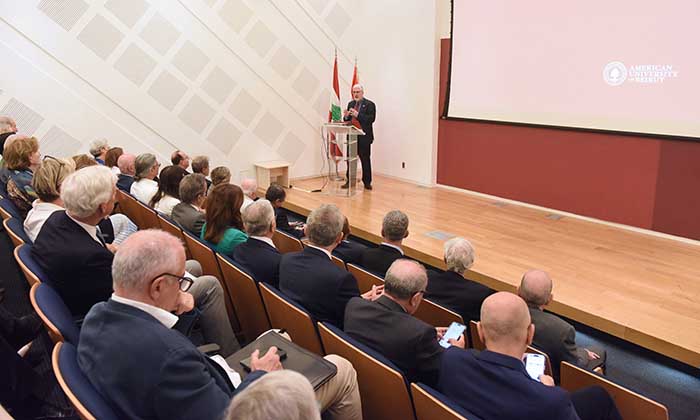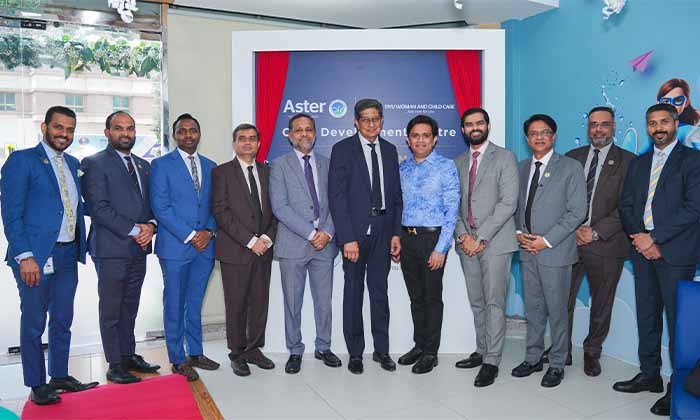- The third Autonomous Mobility Journal highlights prominent use cases coming to fruition, including Dubai’s Autonomous Aerial Taxi Services
- The UAE is exploring opportunities to shape more sustainable, resilient and human-centric urban mobility systems
- Deployment of urban air mobilityis part of UAE’s unified long-term mobility vision
- Aqeel Ahmed Al Zarouni, Senior Director of the Policy, Regulation and Planning Department & UAM project leader in GCAA shares insights about the future of mobility in the UAE
Dubai, UAE – 22September 2021: Events that transpired following the COVID-19 outbreak have altered many long-standing habits from the pre-pandemic era, with various sectors implicated in the widespread change. Within the mobility sector, many passengers now favor transport modes perceived as safer and more hygienic, and have shifted their usage accordingly. Arthur D. Little (ADL), the leading management consultancy firm with the longest-standing presence in the Middle East region, elaborates on this and many other findings in their newAutonomous Mobility Journal, the series’ third edition. The journal comprises exclusive coverage of the latest autonomous mobility developments worldwide, shedding light on industry dynamics, prominent use cases, and the vitality for mobility solution providers and governments to anticipate future trends.
“The ongoing pandemic has caused mass disruption in various industries and transportation is no exemption. There are numerous lessons we can derive from recent events, which is why providing the latest developments while looking ahead is of paramount importance,” explained Joseph Salem, Partner, and travel & transport practice lead, at Arthur D. Little Middle East. “The latest edition of Autonomous Mobility report reveals that city governments and transport authorities can have the greatest impact on mobility, with UAE experts shedding light on what the future holds. Looking ahead, innovative projects such as the UAE’s aerial taxi can be leveraged to drive innovation towards more sustainable, resilient and human-centric urban mobility systems.”
Developed in line with research conducted regionally and internationally, the publication provides audiences with a comprehensive overview of the latest groundbreaking projects set to have a transformational impact across the urban landscape in the coming years. From a UAE standpoint, Autonomous Aerial Taxi Services (AATS) is a key use case featured. AATS is a service where passengers are transported in an autonomous electrical vertical take-off and landing (eVTOL) aircraft, with Dubai among the cities working towards a successful launch. Autonomous Mobility Journal details the strategic elements critical to the project, providing recommendations on how transport authorities can streamline their operational launch efforts.
“While regulation remains a sizeable air mobility implementation barrier, recent times have seen different approaches pursued by aviation regulators as they strive to introduce AATS, enable faster movement of residents, and ease the exacerbating congestion problem,” said Salem. “This trend applies to the UAE, which continues to make sustained progress. Already, a Notice of Proposed Amendments (NPA) for eVTOL aircraft operations has been released and regulations for aircraft testing developed, with a responsive regulatory environment now apparent. The true potential of technology is undoubtedly complex, yet new thinking and innovative approaches are a combination yielding positive outcomes ahead of mobility sector progression.”
With an ambitious vision to make 25% of all transportation trips to be smart and driverless by 2030, the UAE aims to deliver a seamless and safe experience to users in the post-COVID world. The was underlined in the Interview of the semester’ segment by Aqeel Ahmed Al Zarouni, Acting Director of the Policy, Regulation, and Planning Department, country’s General Civil Aviation Authority (GCAA), who shared insights about the UAE’s aviation sector and the deployment of urban air mobility (UAM).
Al Zarouni said: “Before 2017, we did not have a regulation in place to enable UAM, so we accommodated a pilot project with the Roads and Transport Authority (RTA) of Dubai with a restricted approval for a trial. In July 2019, we came up with a reasonable approach to maintain safety whilst allowing technology growth via the launch of our UAM regulation.”
“This regulation is the first of its kind, and it covers operational, continued airworthiness, vertiport, and security requirements. In the years since, we have completed several achievements to strengthen the aviation industry within the UAE and its upper space, and we will continue collaborating with all stakeholders at national and international levels to ensure harmonization of the regulatory framework for the UAM sector.”
Autonomous Mobility Journal also explains that up to one-third of people in some cities have stopped using public transport because of the COVID-19 pandemic, with lockdowns, the rise of remote working, and stay-home orders resulting in commuting volume reductions. In a post-pandemic scenario, some of the measures that have been implemented will be dropped accordingly if passenger behavior shifts back to previous habits, while others might remain as part of the new normal.
A full copy of the report can be found here.



